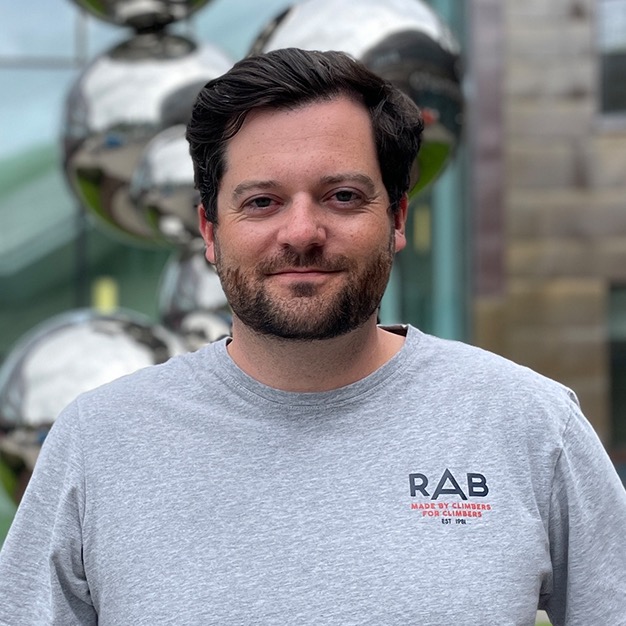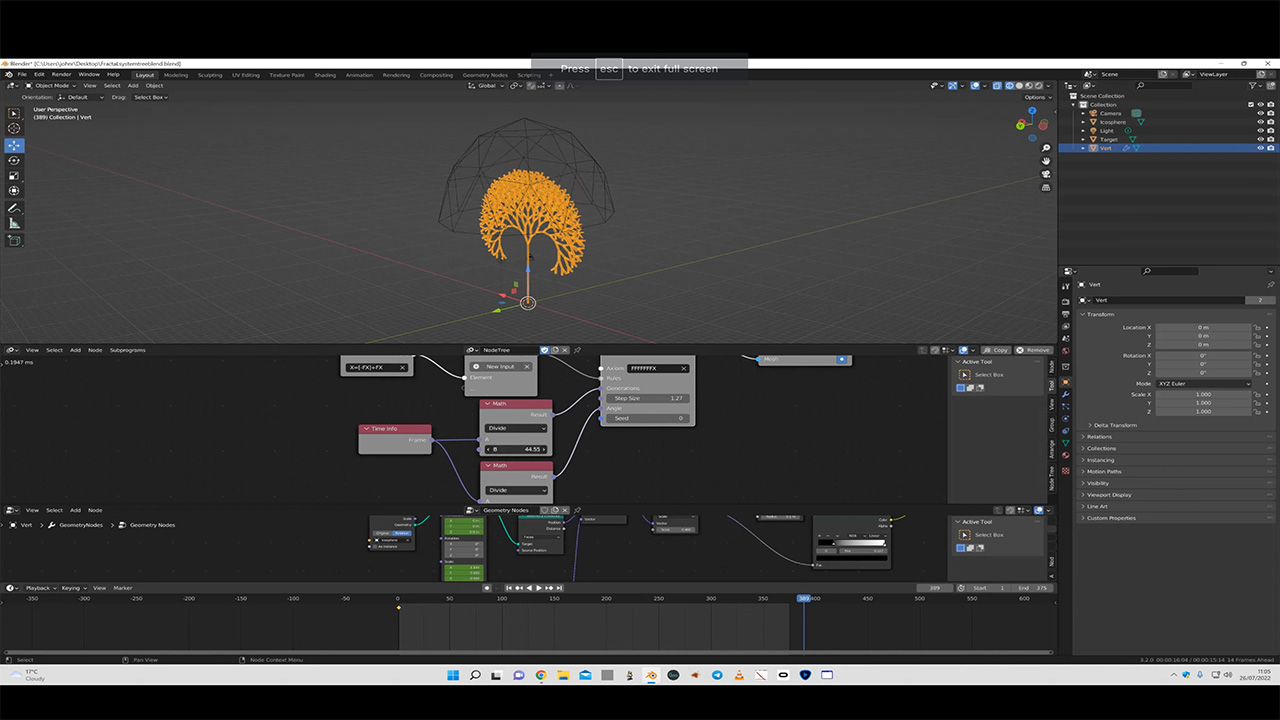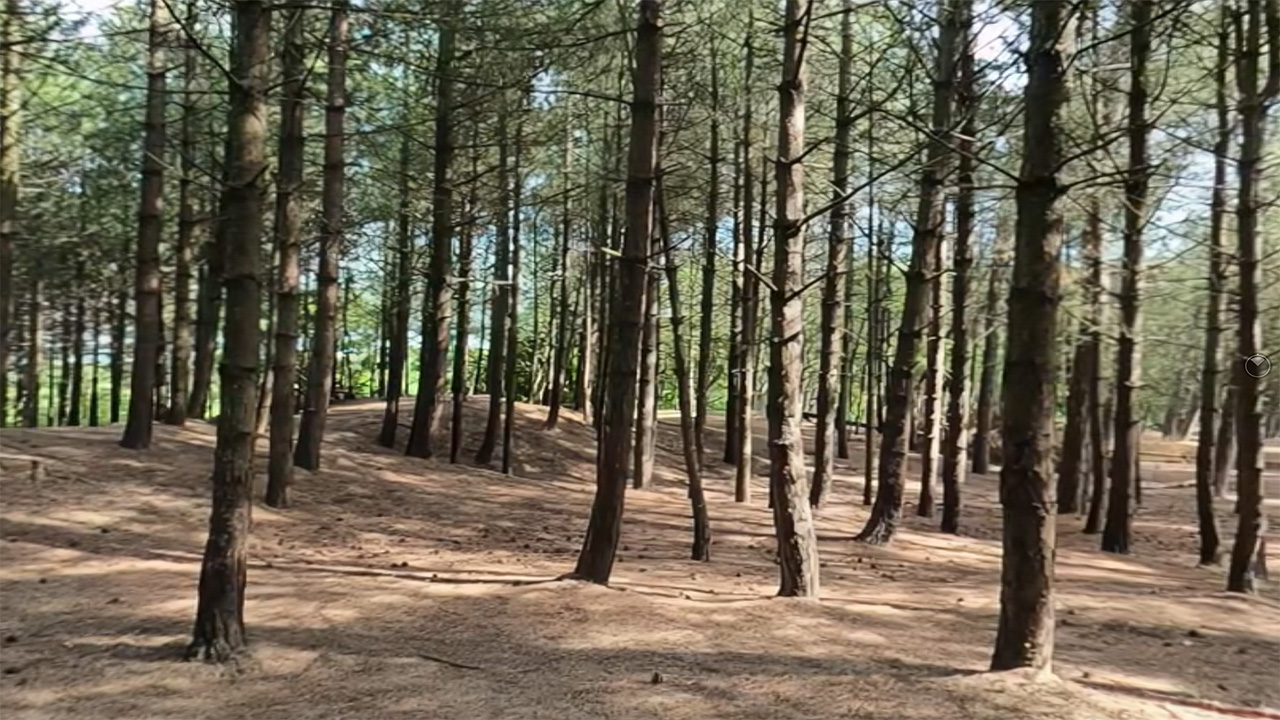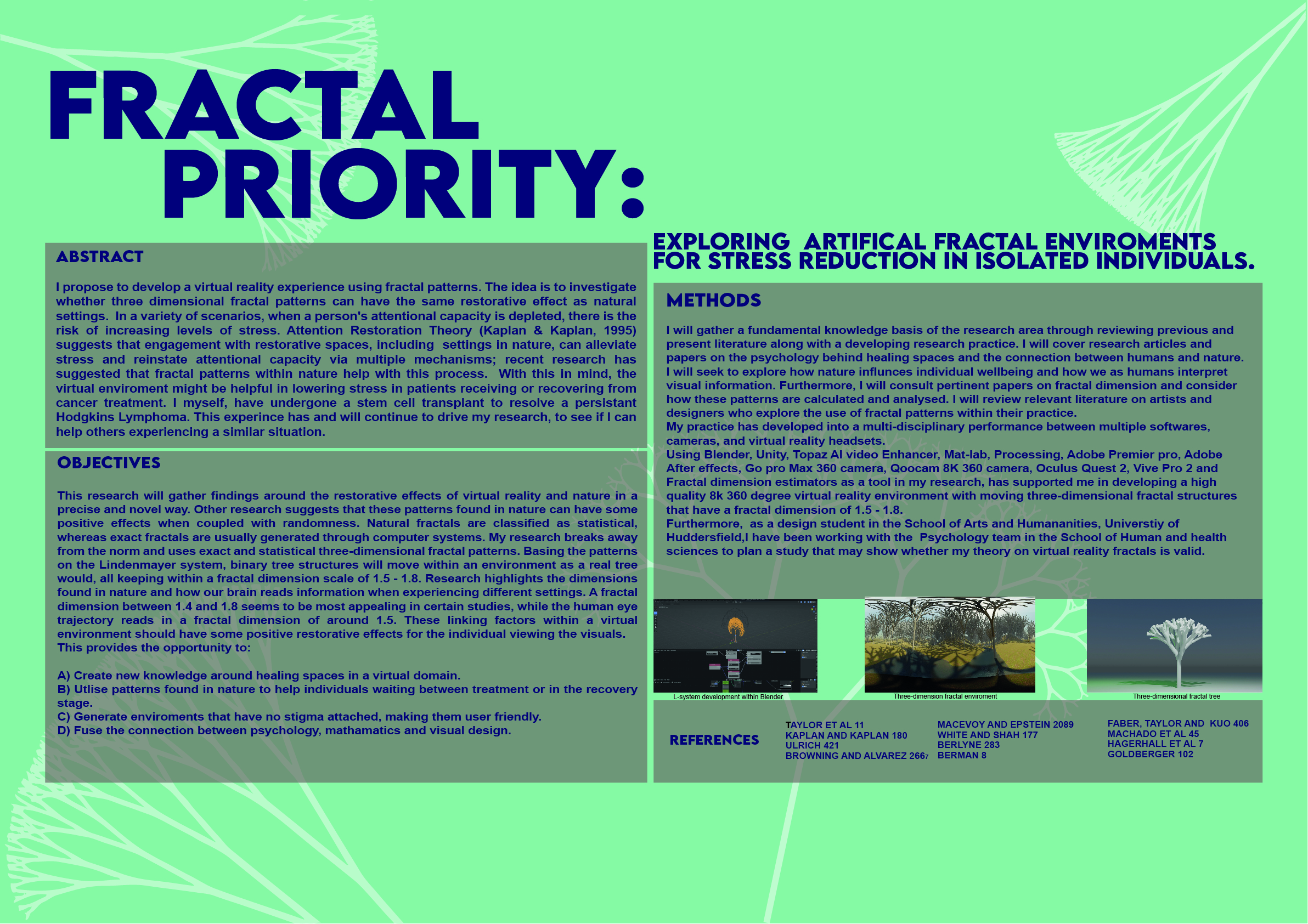Poster
Poster
Fractal Priority
The research study examines specific three-dimensional exact fractal patterns to answer the question: Do three-dimensional fractal patterns have restorative effects similar to findings from previous research conducted by (Ulrich 421) on patients viewing green spaces within a healthcare setting?
Recovering in a healthcare setting can become a stressful experience, which I discovered through my cancer treatment.
The clinical clean-cut hospital environment does not necessarily provide space for relaxation and recovery. For many individuals, these healthcare environments are accepted as a necessity but, in many cases, cause un-needed stress and anxiety. I was isolated for my stem cell transplant over a period of six weeks. Due to construction work in the Haematology department, I was subjected to a room with no windows and during this time, I could not watch the world go by or experience viewing nature or natural light. This created unexpected stress between treatments that raised my anxiety levels. The combination of treatment, environmental stresses, and lack of communication with the outside world was a recipe for negative thoughts and feelings. However, despite this damaging phase of my life, it subsequently gave birth to my future research idea and continues to drive this study.
Research shows that when a person’s attentional capacity is depleted, there is a risk of increased stress levels. Attention Restoration Theory (Kaplan and Kaplan 180) suggests that engagement with restorative spaces, including nature settings, can alleviate stress and reinstate attentional capacity via multiple mechanisms. Recent research has suggested that fractal patterns within nature help with this process.
The overall objective of this study builds on the notion of Attention Restoration Theory by high-jacking the restorative fractal dimension, usually found in nature. The research takes an exact L-system-like fractal structure, which will animate and move, taking its cue from real trees in their natural setting. The evolving three-dimensional visuals will have similar qualities to a forest setting.
Rendered as a monophonic, 8k video for 360-degree viewing, this six-minute video will be viewed through a virtual reality headset. The research will be piloted at the University of Huddersfield, in a controlled study with students, as a basis for understanding if there is the potential to utilise the restorative effects of nature and/or exact fractal patterns for individuals who are hospitalised or isolated.

John Harrison
University of Huddersfield
Biography−
I am a visual Designer focusing on biophilic design, virtual reality, L-systems, fractals, and healing spaces. I have a keen interest in the relationship between man and machine and how technology can enhance natural life.
I continually ingest information from various sources while pushing speculative design ideas forward without boundaries or influence from the masses. The connections and patterns between the natural and man-made world continue to intrigue my mind while triggering ideas and solutions for my practice.
My work is created with a combination of design software, 8k, 360-degree cameras, virtual reality headsets and fractal geometry. Furthermore, my practice will continue to develop, bringing in other tools such as 3D printers, augmented reality, and Lidar scanners. These tools will help document and analysis the natural world to break down specific visual information that may become useful in the future for my practice.
Fractal Priority
Gallery






Fractal Priority – Virtual Environment
Standalone L-system Structure
Self-Similar Structure